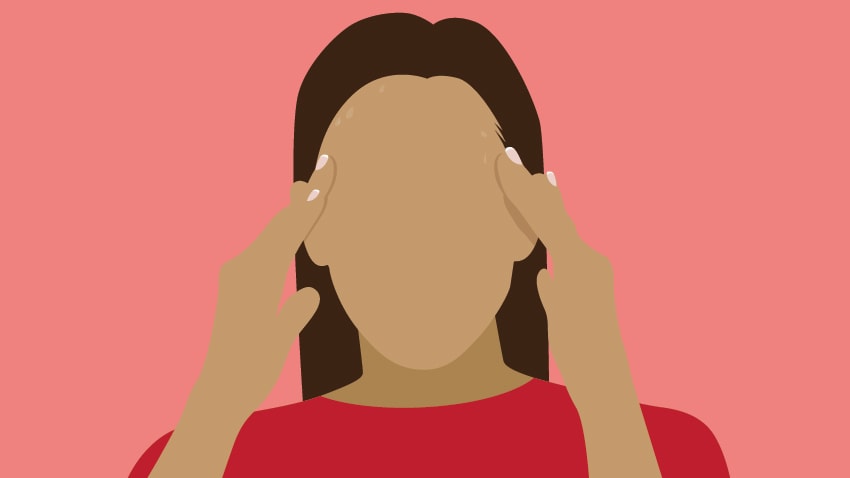Coping With Panic Attacks
August 28, 2020
If you have ever had a sudden surge of overwhelming fear, you probably have had a panic attack. Over 5% of the general population will experience a panic disorder in their life. Panic attacks are defined as sudden episodes of intense fear or anxiety and physical symptoms, based on a perceived threat rather than imminent danger.
Symptoms include, but are not limited to, chest pain, chills or hot flashes, excessive sweating, feeling dizzy, increased heart rate, nausea, shaking, and feelings of numbness or tingling sensations. If you think you have a panic or anxiety disorder, please see a doctor for further evaluation and tests.
Having a panic attack can feel like one’s dying, and having one in public does not help. Nurse Jill Fraizer says she “deals with panic attacks on a daily basis” and recommends many techniques. Some of her techniques are deep breathing, using a stress ball, warm packs, and laying down in a dark quiet place. Here are some techniques I use and have found to help relieve a panic attack.
Controlled breathing
Lie on your back and place a small book on your stomach. Breathe slowly and deeply with your stomach. When you inhale, make the book go up. When you exhale, make the book go down.
-
- Take five seconds to inhale
- Hold it for two seconds.
- Take five seconds to exhale.
- Hold it for two seconds.
- Repeat.
Do this 10 times.
Close your eyes
Picture your happy place
Reduce caffeine intake
Place ice on your wrists and lower back
The 4-3-2-1 Technique
- Name 4 things you can see
- 3 things you can hear
- 2 things you can feel
- 1 thing you can smell
- Repeat as needed
Learn triggers
Learn the warning signs
Seek help
Let it out
Talking to people can help release tension so that you don’t have to keep everything inside. All of these might not work for everyone so try different techniques to see what works best. Always remember that you are not alone in your struggles.




